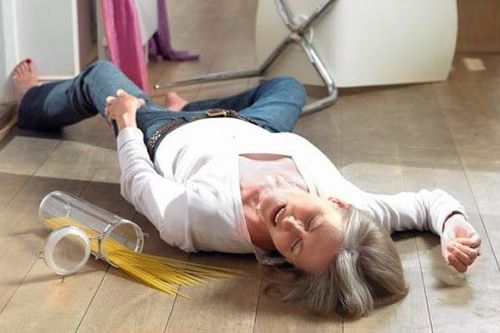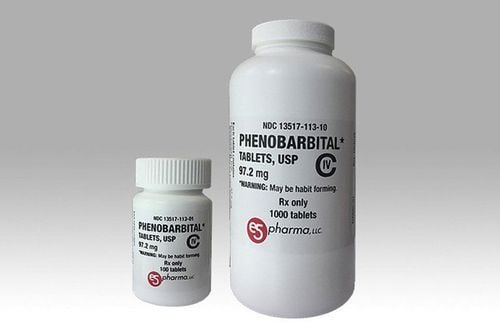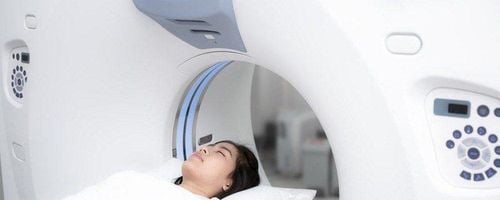This is an automatically translated article.
Posted by Dr. Dao Thi Mai Lan - Medical Specialist - Gene Technology - Vinmec Institute of Stem Cell and Gene Technology
Epilepsy is an episodic dysfunction of the central nervous system caused by sudden and transient excessive discharge of nerve cells in the brain. Epilepsy in children has many causes. Therefore, when seeing that a child has symptoms of the disease, parents need to take the child to a medical center soon for examination, find out the cause and have appropriate treatment, to avoid dangerous complications for the child.
1. What is epilepsy?
Epilepsy is a disorder of the central nervous system that causes spontaneous and recurrent seizures. Epilepsy in children is one of the most common disorders of the nervous system. Epilepsy affects children of all races and ethnic backgrounds.
The brain consists of nerve cells that communicate with each other through electrical activity. A seizure occurs when one or more parts of the brain have a series of abnormal electrical signals, causing a conflict that disrupts the brain's normal signals. Anything that disrupts the normal connections between nerve cells can trigger a seizure. When a child has 2 or more seizures with a duration greater than 24 hours without a known cause, the diagnosis is epilepsy.
There are different types of epilepsy. If the classification of epilepsy depends on the location and extent of the effect on the brain and what happens during the seizure, there are two main types of epilepsy: partial seizures and generalized seizures.
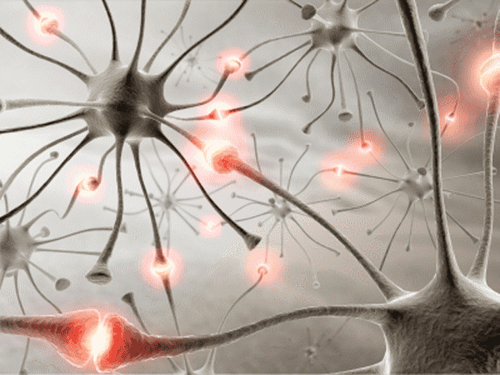
2. Partial epilepsy
Partial seizures occur when an electrical abnormality occurs in one or more regions on one hemisphere of the brain. Before a partial seizure, a child may have signs that warn of an impending seizure. Common warning signs include: emotional changes, hallucinations, feelings of impending doom, feelings of fear or euphoria. In addition, the child may also have changes in vision, hearing, or smell. There are 2 types of partial seizures:
Simple partial seizures: The symptoms of epilepsy depend on the area of the brain affected. If there is abnormal EEG function in the part of the brain that is involved in vision (occipital lobes), a child's vision may be altered. In addition, the musculoskeletal system is also affected. Seizure activity is limited to one muscle group, for example, the muscles of the fingers or the larger muscles of the arms and legs. The child may be sweating, nauseated, pale. However, the child does not lose consciousness in this type of seizure. Complex partial seizures: This type of seizure usually occurs in the area of the brain that controls emotion and memory function (temporal lobe). Children may experience changes in consciousness or stop being aware of what is happening around them. The child may appear quite alert, yet exhibit a range of unusual behaviors such as gagging, puckering, running, screaming, crying, or laughing. Children may be tired and drowsy after a seizure.

3. Generalized epilepsy
Generalized seizures occur in both hemispheres of the brain. Children often lose consciousness during a seizure and become fatigued after a seizure (post-epileptic state). Types of generalized seizures include:
Absence seizures: Also known as mild convulsions. The seizure causes a brief altered state of consciousness and the child maintains a fixed gaze for a period of time. The child's face and mouth may twitch or the eyes may blink rapidly. Seizures usually last no more than 30 seconds. When the bout is over, your child may not remember what just happened and they may resume normal activities. Absence seizures can occur several times a day. This type of seizure is sometimes confused with a learning or behavior problem. Absence seizures usually begin in children 4-12 years of age. Atonic seizures: During a seizure, a child has a sudden loss of muscle tone and may fall from a standing position or drop his head suddenly. During a seizure, the child is weak and unresponsive. Generalized tonic-clonic seizures: This is the most severe form of the seizure. Typically this type of seizure consists of distinct episodes. The baby's body, arms, and legs will first contract, then stretch and tremble. This is followed by contraction and relaxation of the muscles and a period after convulsion. After a seizure, the child may be drowsy. Children may have some problems with vision, voice, and may have headaches, fatigue, or body aches after the seizure. However, not all of these stages occur in everyone. Myoclonus: This type of seizure causes sudden rapid or jerky movements of a muscle group. These seizures tend to occur in clusters of muscles, which can occur several times a day or for several days in a row.
4. Causes of Epilepsy in Children
Seizures can have many causes including:
Imbalance of neurotransmitters. Epilepsy caused by genetic genes Children with brain tumors Stroke
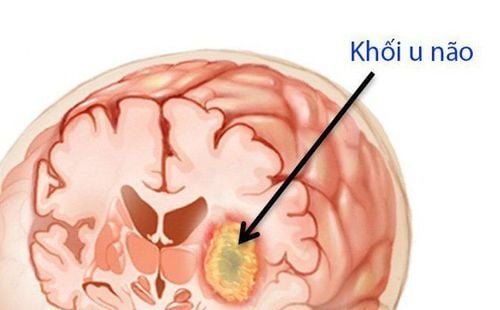
Brain damage due to illness or injury, including infants Children taking medication Seizures can also be caused by a combination of the above factors. In most cases of seizures there is no known cause.
5. Seizure symptoms in children
The symptoms of a seizure depend on the type of seizure. General symptoms and warning signs of a seizure include:
Staring Jerking arm and leg movements Body rigidity Loss of consciousness Difficulty breathing or stopping breathing Loss of bowel or bladder control A sudden fall for no apparent reason Not responding to noise or speech for a short time Seems confused and lethargic Nodding rhythmically especially when associated with loss of consciousness or consciousness Blinking rapidly During a seizure , the child's lips may be purple, breathing is not normal. After a seizure, your child may feel drowsy and anxious. The symptoms of a seizure can be similar to those of other illnesses. Therefore, early diagnosis of epilepsy is essential.
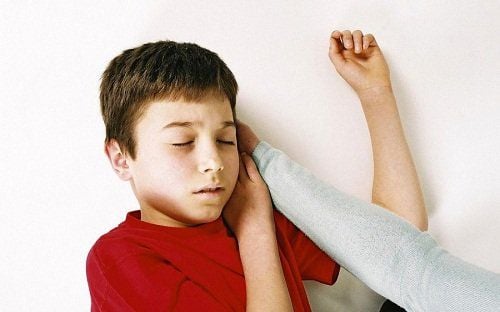
6. How to diagnose epilepsy in children?
Hospitals and medical centers are places where parents need to take their children to see a doctor when they see symptoms of epilepsy. Doctors may ask questions about the child's symptoms and medical history such as:
Recent fever or infection Head injury Congenital health conditions Premature birth Premature birth Recent medications Tests tests include:
Nervous system tests Blood tests to check for problems with blood sugar and other factors Imaging tests of the brain such as magnetic resonance imaging (MRI), computed tomography (CT) scans EEG to check electrical activity in the brain Lumbar puncture to measure pressure in the brain and spinal canal, testing cerebrospinal fluid for infections or other problems

7. Treatment of epilepsy in children
The goal of epilepsy treatment is to control, stop, or reduce the frequency of seizures. Epilepsy can be treated with medication. There are now many medications used to control seizures. Drugs are selected based on the type of seizure, the child's age, side effects, cost, and ease of use. Medicines used at home are usually taken orally in the form of capsules, tablets, powders, or syrups. Some medications may be given rectally or in the nose. If the child is being treated in the hospital, the medicine can be given by subcutaneous or intravenous injection.
It is very important to give your child the right medicine at the right time and in the right dose as prescribed by the doctor. Dosage is adjusted by your doctor for the best seizure control. All antiepileptic drugs can cause side effects, but don't stop giving them to your child. Stopping medication suddenly may cause more seizures or worse seizures. Children may not need medication for the rest of their lives. Some children are stopped if they don't have a seizure for 1 to 2 years. This will be decided by the treating physician.
During medication, tests may be done to check how well the drug works including:
Blood tests: blood tests that help check drug levels in the body. Based on the results, the doctor may change the dosage of the drug. In addition, blood tests also check the effect of the drug on other organs. EEG: An EEG records the electrical activity of the brain through externally attached electrodes, this test checks for an improvement in abnormal electrical currents with medication.
8. Other treatments
If medication does not effectively control seizures or the patient has problems with the side effects of the medication, the doctor can advise other treatment methods. Other treatments include:
Ketogenic diet: A type of diet that is high in fat and very low in carbs. This diet causes the body to use ketones (which are broken down from fat) as an energy source. This diet needs to be strictly followed because too much starch can prevent ketosis. Researchers have not been able to explain why the diets can help reduce seizures. However, this diet is not suitable for all children. Vagus nerve stimulation (VNS): This treatment works by sending small energetic electrical impulses to the brain from one of the vagus nerves—a large pair of nerves in the neck. If a child older than 12 years has partial seizures that are not controlled by medication, vagus nerve stimulation (VNS) may also be an option. VNS is done by surgically placing a small battery into the chest wall. Tiny wires attached to batteries are placed under the skin and around one of the vagus nerves. The battery is then programmed to send pulses of energy to the brain every few minutes. When a child feels a seizure is about to happen, he or she can trigger electrical impulses by holding a small magnet on top of the battery to help stop the seizures. The VNS method can also have side effects such as hoarseness, sore throat, or voice changes.
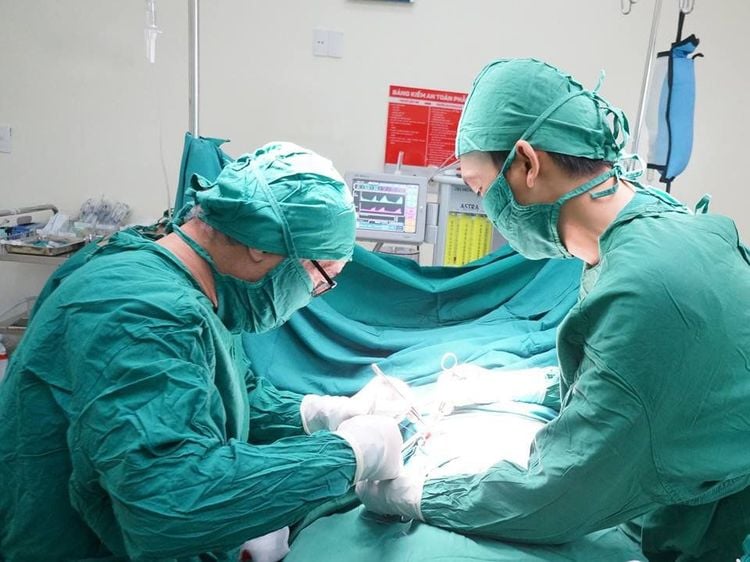
Surgery: Surgery can be done to remove the part of the brain where seizures originate, or surgery to help stop the spread of abnormal electrical currents throughout the brain. Surgery is an option if your seizures are hard to control and always start in a part of your brain that doesn't affect your voice, memory, or vision. Surgical treatment of epilepsy is complex and requires a team of neurologists. Children can still be awake during surgery because the brain itself does not feel pain. If the child is awake, the surgeon can better examine areas of the child's brain during surgery. However, surgery is not a good option for everyone.
9. How do children live with epilepsy?
Families can help children with epilepsy manage their own health by:
If age appropriate, make sure children understand the type of seizure they have and the medications they need. Families need to know the dosage, timing, and side effects of all medications. Give your child the medicine exactly as directed. Talk to your doctor before giving your child other medicines. Antiepileptic drugs used with other drugs can decrease the drug's action or cause more side effects. Avoid any stimulus that causes a seizure. Make sure your child gets enough sleep as lack of sleep can cause seizures. Take your child to the hospital and medical facilities for regular check-ups. Children may not need medication for the rest of their lives. Consult a doctor when your child has had seizures under control in 1 to 2 years. If your child's seizures are well controlled, he or she doesn't need much restriction on activities. Ensure children's safety when playing sports.

10. When should the family go to the hospital?
Families take the child to the hospital and medical center if:
The child's symptoms get worse or do not improve. Children with drug side effects
11. Summary of key points about epilepsy in children
A seizure occurs when one or more parts of the brain have a series of abnormal electrical signals that disrupt normal signals. There are many forms of epilepsy, each with different types of symptoms that range from mild body movements to loss of consciousness and seizures. Epilepsy is defined as 2 or more spontaneous and recurrent seizures of unknown etiology. Epilepsy can be treated with medication. In some cases, the disease can be treated with vagal stimulation, surgery, or diet. All stimuli that cause seizures should be avoided, especially sleep deprivation.
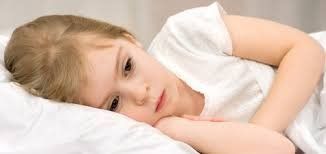
12. Things parents need to pay attention to when going to medical facilities
Before each medical examination, parents should write down questions of concern. When visiting, parents write down the names of the most recent diagnoses, drugs, treatments or tests performed by the doctor. Parents need to know a new medicine side effects and treatments Parents can find out if their child can be treated with other methods. Parents should know why the test is needed, the test procedure, and what the test results mean. Parents should know what to expect when their child stops taking medication or has surgery. Parents should remember the follow-up appointment, note the date, time and purpose of the follow-up visit. Parents know how to contact a doctor even when it's not working hours, help parents with questions or need advice. Vinmec International General Hospital is one of the hospitals with the function of examination, treatment, screening and diagnosis of many diseases, including epilepsy. Especially to bring high efficiency in medical examination and treatment, Vinmec now also designs many accompanying medical services performed by leading specialists at home and abroad.
Besides, Vinmec is also fully equipped with imaging equipment to identify diseases and classify epilepsy stages such as: Endoscopy, CT scan, PET-CT scan, MRI, EEG, etc. .. When the stage of the disease is determined, the doctors will advise and give an effective treatment plan.
Please dial HOTLINE for more information or register for an appointment HERE. Download MyVinmec app to make appointments faster and to manage your bookings easily.
References: Stanfordchildrens.org







